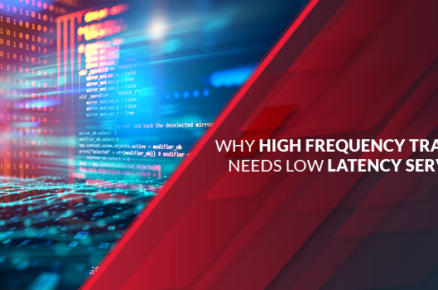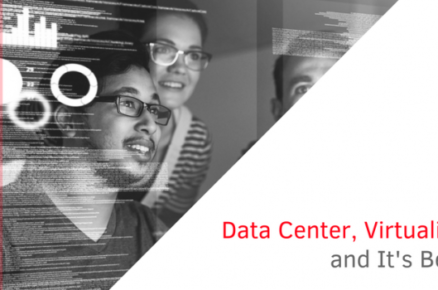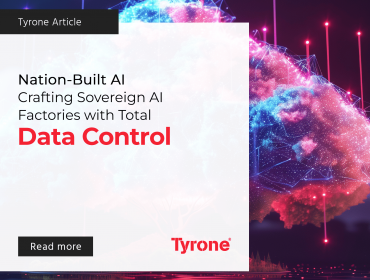Cloud computing has been successful in changing the way in which the business environment operates. It has provided companies and enterprises with amplitude of options to enable them to serve their customers with advanced, secure, and cheaper services assisting them in their growth. Organisations should not miss the opportunity to adopt cloud technologies to stay ahead of competition.
In this article today, we are going to list the most important trends of cloud computing which will dominate 2019. A few emerging trends which you should watch out for in 2019 are mentioned below:
Hybrid Cloud Solutions
According to statistics, industries all across the globe are currently running over 79% of their workload in the cloud. That is why hybrid cloud solutions could be one of the biggest trends which organizations can leverage this year. Hybrid cloud enables a modern infrastructure along with two or more delivery models. This model will be much suited for the unique needs of organizations as it will have the capacity to mix private cloud, public cloud, and on-premise infrastructure. Through this solution, organizations can use unlimited resources to meet with all current demands. Organizations will also be able to closely monitor the number of resources which are used by them. However, the biggest benefit of this trend would be its security. This can be especially useful for the medical industry as it will allow them to have complete control over the confidentiality of the data.
Artificial Intelligence Cloud Will Make Devices Smarter
Many experts across the globe are hoping that artificial intelligence would be able to aid them in dealing with intelligent business functionalities. Cloud computing is increasingly becoming linked to AI (Artificial Intelligence). This integration will make applications (which run on cloud) become more efficient and intelligent. For example, think about your regular CCTV camera which can now borrow intelligence from cloud to match faces with a global database in real time and trigger action commands to other connected smart devices like locking, unlocking door or personalised welcome through a smart speaker, etc. Deep learning can help AI to become smarter, and in the example of CCTVs through pattern spotting and predictions made from scenarios. All without having the need for local storage or processing.
Serverless Computing
To support the dynamically changing need of the industries like IoT, web-based applications, and mobile applications, companies are using serverless computing. This trend is also referred to as Functions as a Service (FaaS) and is event driven. This basically means that various states are generated for each request and these states are destroyed when the request is fulfilled. These functions can be accessed by private APIs and for that companies would have to set API gateway. This trend can also reduce the overall spending cost of any particular organization.
Edge Computing
Edge computing is shifting the computing functions to the edge of network which means that it is closer to the source. This would reduce the complexity of the network and would enable systems to gather and analyze information at a faster pace. The processing load can also be reduced tremendously due to its open-ended and distributed architecture. This technology won’t just enable industrial equipment to make autonomous decisions but it will also act as a building block for all sorts of smart factory equipment like climate and motion sensors, cooling and temperature sensors, and other environmental factors. With the data gathered from the smart factory equipment, this would encourage companies to be more tact in their power usage.
Backup and Disaster Recovery
According to IDC, for the Fortune 1000, the average total cost of unplanned application downtime is somewhere between $1.25 billion to $2.5 billion annually, making an average hourly cost of an infrastructure failure about $100,000 an hour, while a critical application failure is about $500,000 to $1 million per hour. With cloud based enterprise grade and multi-region back-up and recovery, organisations can now reduce system downtimes to minutes and be up and running efficiently anywhere anytime. Because the data is in cloud, it’s ready for data mining, analytical insights, legal and compliance needs. Of course, organisations save money because there is no need for expensive infrastructure and resources on site.
Cloud Security
Cloud security will become a shared responsibility. The customers will have to undertake 50% responsibility of keep their data safe, even in the cloud. This understanding and a mindset change will be visible from 2019 onwards. We will also witness an increases use of blockchain in overcoming cloud security challenges. Given that in 2018, most of the attacks and hacks were linked to vulnerabilities at the customer end, we could see a trend towards further enhancement in the fields of Access control, and data security in 2019.












